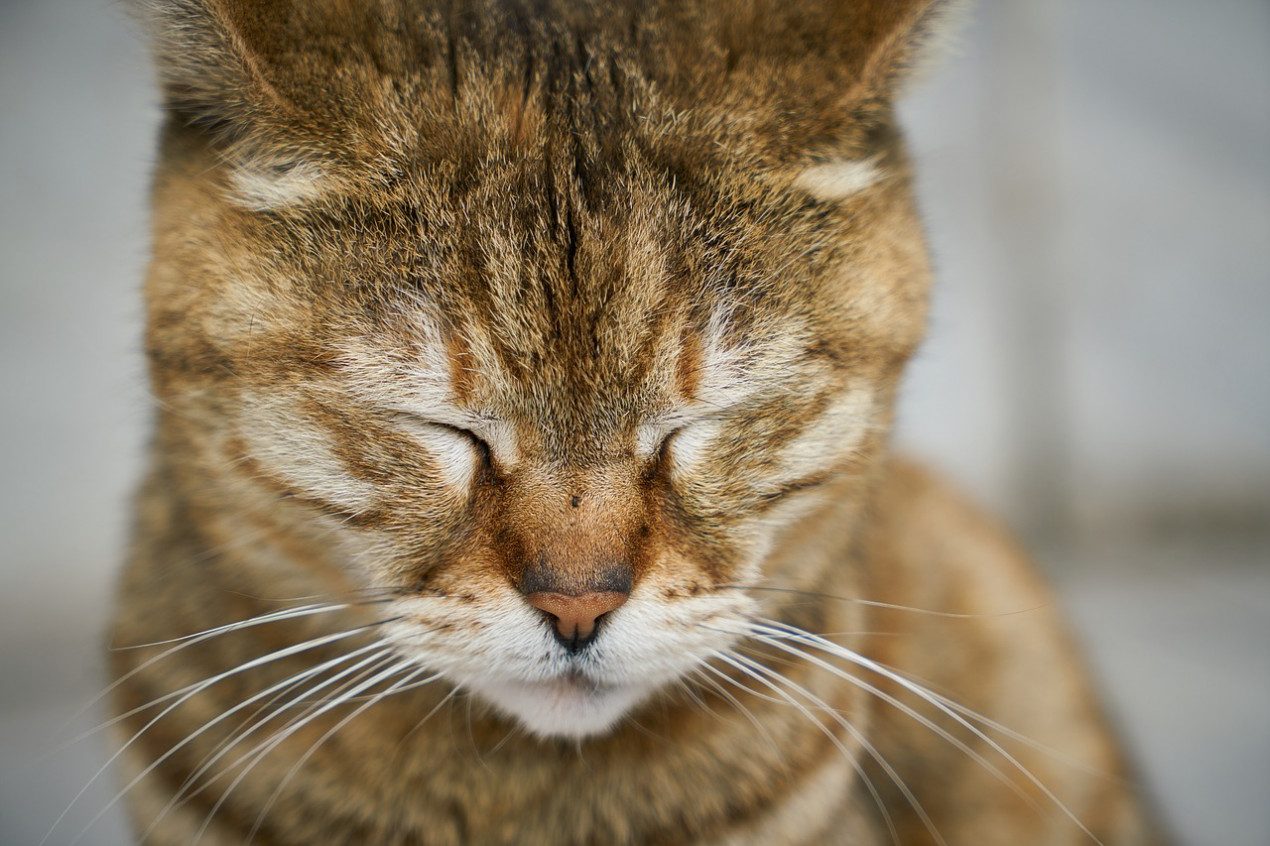We're here to help

How to tell if a cat is in pain?
Pain in cats can be caused by a variety of diseases, conditions, injury or trauma, or following surgery or medical treatment.
It can be very difficult to tell if a cat is in pain, where the pain is coming from and what’s causing it. Cats are particularly good at masking signs of pain and sometimes the signs are subtle and easy to miss. This is especially true of chronic pain, which is often, mistakenly, put down to old age.
Why don't cats always show pain?
Cats in the wild who are suffering from an injury or are in pain will try to hide it in an attempt to dupe predators into thinking they’re not vulnerable. It’s likely domestic cats have adopted similar traits. Just remember different cats respond differently to pain. This often depends on their age, environment and general health.
What can I give my cat for pain?
There are a variety of medications your vet can use to provide pain relief to your cat, although underlying conditions will always need to be treated and in some cases, may require surgery (for example a broken bone).
Please do not use popular human drugs such as ibuprofen or paracetamol as these are highly toxic to cats. If you have animal painkillers at home from a previous condition or for a different pet, contact your vet as it may not be appropriate to use these.
What can I do to help my cat in pain?
If your cat is recuperating from an illness or from surgery try to limit their movement and physical activity until they’re fitter. Soft, padded bedding and a quiet comfortable environment will help speed up your cat’s recovery.
Treatment for cats in pain
Different types of pain require different types of treatment. Always ensure your cat receives the correct dose of any medications prescribed by your vet. Each cat will react differently to the type and dosage level of pain medication. Monitor your cat’s response to the medication and if you have any concerns contact your vet or, out of hours, your nearest Vets Now pet emergency service.
Glasgow pain score in cats
Most vets use pain scales to assess the level of pain a pet is suffering. However, because pets can’t speak the results are based on the vet’s interpretation of the intensity of the pain.
The Glasgow Feline Composite Measure Pain Scale (CMPS-Feline) is the most commonly used for cats. It features 28 options, based on the cat’s behaviour, within seven categories, such as ear position, vocalisation and posture. Each option is ranked according to its pain severity and the maximum score for the seven categories is 20. The pain scale can be applied quickly and reliably in-clinic.

Natural pain relief for cats
Soaring numbers of herbal remedies for cats are coming on to the market. But the fact is little research exists on using herbs in cats. Cat owners should only ever use natural remedies if directed to do so by their vet. Only treatments underpinned by recognised evidence-based veterinary medicine or sound scientific principles should be considered and your vet is the best person to provide you with this guidance.

